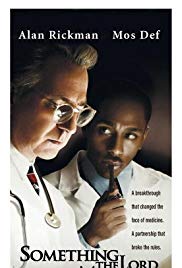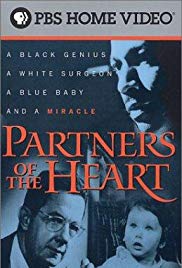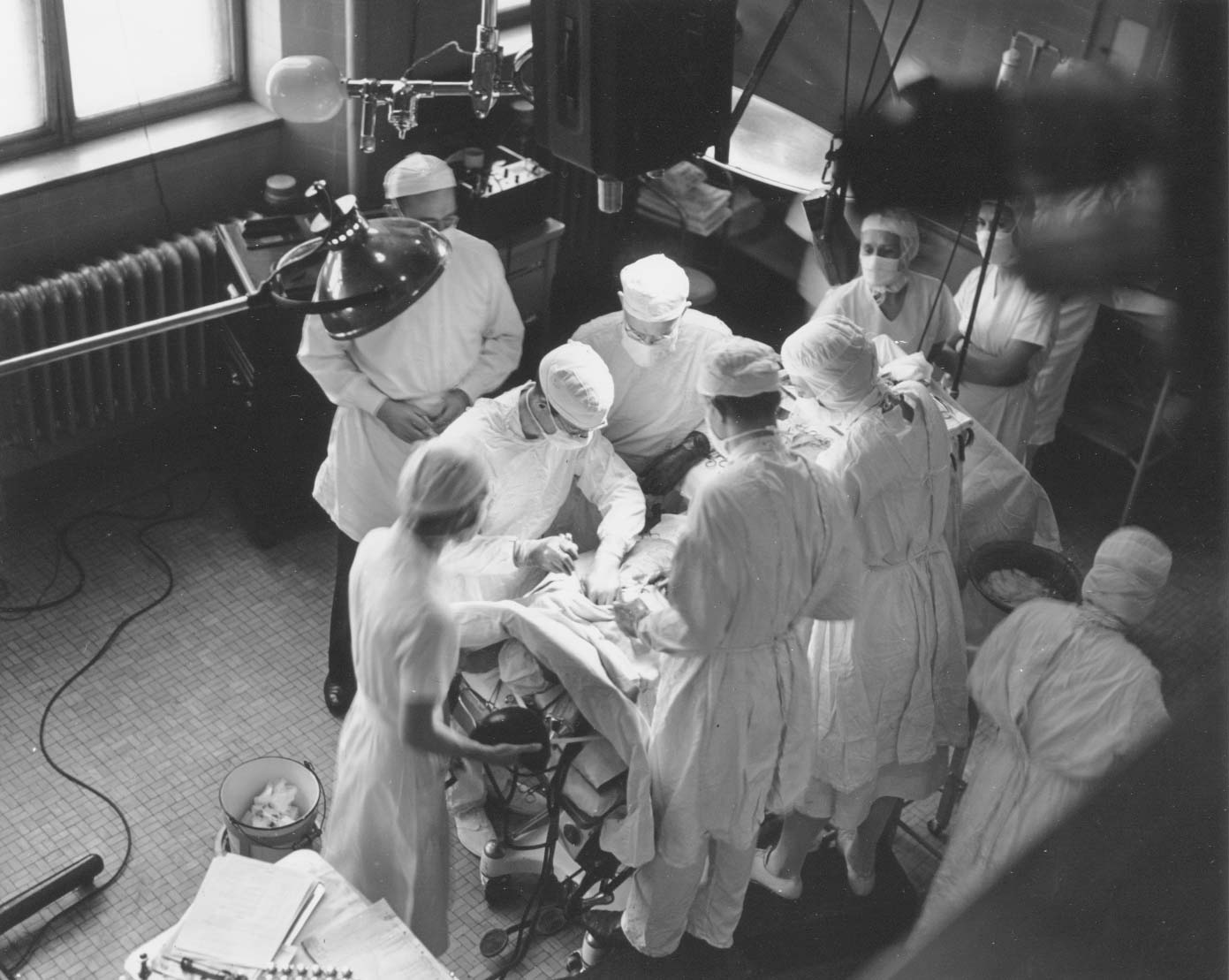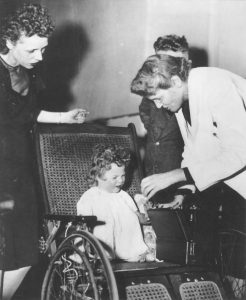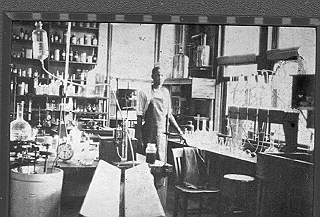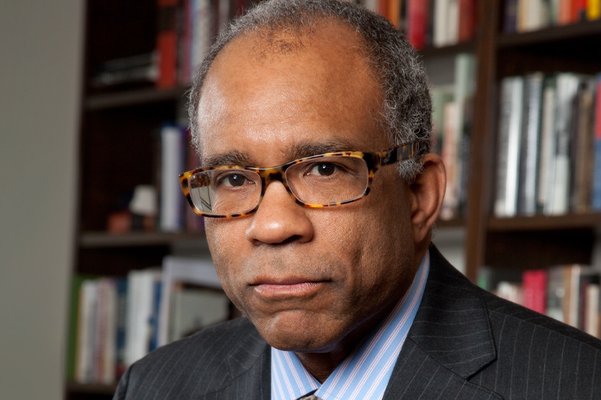1. Describe the two reasons why Mr. Thomas operated on the hearts of dogs in Dr. Blalock’s research laboratory when he was preparing for the blue baby operations.
Suggested Response:
To recreate heart defects and to develop surgical treatments for those defects.
2. How did Mr. Thomas lose his college savings?
Suggested Response:
The bank in which he put his money failed during the Great Depression.
3. Can depositors in most banks in the U.S. today lose their money if the bank fails? Give reasons for your answer.
Suggested Response:
No. Today almost all banks have Federal deposit insurance which protects deposits up to the amount of $100,000.
4. Why was it difficult for Vivien Thomas to get a job once he had decided that he was not going to be able to go to college?
Suggested Response:
It was the beginning of the Great Depression and jobs were scarce.
5. How do scientists get recognition for their scientific research?
Suggested Response:
Their names are placed on the papers that describe their research.
6. Was Dr. Blalock a racist or a man who did as much as he could to help Vivien Thomas have a fulfilling career?
Suggested Response:
There is no one right answer to this question. We tend to take the more charitable view of Dr. Blalock’s actions. A good answer will refer to the facts that: (1) Most white doctors in the South in the 1930s and 40s would not have trained a black man with only a high school education to become a full-fledged participant in pioneering scientific research. In addition, Thomas was treated with respect in many other ways. He was, for example, allowed to use the same toilet as all of the white lab workers and doctors. (2) However, Dr. Blalock did not treat Thomas as an equal beyond the walls of the laboratory or operating room. He did not give Thomas credit for his work in the scientific community. He did not invite Thomas to social gatherings. He did not encourage Thomas to attend college and then go to medical school. Dr. Blalock did not pay Thomas a salary commensurate with his work. In these respects, Dr. Blalock took advantage of the color of Thomas’ skin. (3) We must be careful not to judge Dr. Blalock by current standards. After he retired in 1963, there was a major shift in thinking about racism and the rights of black people, particularly in the South.
7. What role did racism play in the fact that Dr. Blalock was able to keep Vivien Thomas as a lab assistant for so many decades and benefit from Thomas’ work without giving him credit?
Suggested Response:
It played a large and probably a primary role in preventing Mr. Thomas and others from demanding that Mr. Thomas have the opportunity to go to college and later get a medical degree. The same is true of Dr. Blalock’s failure to give Mr. Thomas credit for his contribution to Dr. Blalock’s discoveries.
8. Leaving aside the question of whether Dr. Blalock should have encouraged Mr. Thomas to attend college and become a surgeon, describe why the Blalock/Thomas team is an example of effective teamwork.
Suggested Response:
They each contributed their abilities and capacities to a common effort. They each suggested solutions to problems and were proud of each other’s contributions.
9. In the Blalock/Thomas team effort, did one of the team members benefit more than the other?
Suggested Response:
There is no one right answer to this question, although most will probably say that Dr. Blalock derived more benefit than Mr. Thomas. A good answer will point out at least the following two facts: (1) Dr. Blalock received the larger salary and the kudos as the scientist who discovered new treatments. (2) There was no other black person that we know of who was trained or permitted to play the important role that Mr. Thomas played in scientific research in the South during the 1930s to 1950s.
10. Did Dr. Blalock act in a caring manner toward Mr. Thomas?
Suggested Response:
There is no one right answer to this question. A good answer will include a reference to the concept of nurturing. One of the main components of caring is to nurture another individual. Dr. Blalock was nurturing to Mr. Thomas in that he trained him to be a research assistant and surgeon. However, true nurturing behavior would have resulted in Dr. Blalock encouraging Mr. Thomas to go to college and then, if Mr. Thomas so desired, to medical school. True caring, like true friendship, would have resulted in Dr. Blalock giving Mr. Thomas credit for his efforts in the blue baby operations. Still, Dr. Blalock did a lot for Mr. Thomas, in return for what Mr. Thomas did for him. In addition, what Dr. Blalock did for Mr. Thomas was much more than most Southerners would have done for a young black high school graduate in period 1930 – 1960.
11. Was the blue baby surgery performed by Dr. Blalock full open heart surgery?
Suggested Response:
Yes. Open heart surgery is any surgery in which the chest wall is opened to reveal the heart. The term “open” refers to the chest, not to the heart itself. Open heart surgery includes surgery on the blood vessels leading to and from the heart.
12. Why did Vivien Thomas cause such a controversy when he went out of the lab in his white lab coat?
Suggested Response:
White lab coats were worn by doctors or people performing a task that required expertise. White people at Johns Hopkins were unused to a black man taking on such a role and they felt insecure when Mr. Thomas appeared in a white lab coat. Some blacks probably thought that Thomas was acting above them and resented it.
13. It is said that Vivien Thomas opened new paths to healing when most doors were closed to him. What is meant by that?
Suggested Response:
Thomas helped pioneer heart surgery, when the common wisdom among doctors was that it was impossible to work on the heart. At the same time, because of segregation, there were many opportunities that were not open to Mr. Thomas.
14. Why was cardiac surgery referred to as the “Mount Everest” of medicine before November of 1944?
Suggested Response:
The constant pumping of the heart is necessary for life to continue. A 90 second interruption in blood flow to the brain would destroy it. Before Drs. Blalock, Taussig and Thomas, no one had demonstrated that major surgery on the blood vessels of the heart was possible.
15. What did Dr. Blalock see in Vivien Thomas a few weeks after Thomas began to work for him?
Suggested Response:
That Thomas was talented and that he was someone Dr. Blalock could train to be a good lab technician.
16. Dr. Levi Watkins, one of the first black graduates of the Johns Hopkins surgery program said this about Vivien Thomas: “I think he is the most untalked about, unappreciated, unknown giant in the African American community. What he helped facilitate impacted people all over the world.” Given the fact that Vivien Thomas never participated in a demonstration demanding civil rights or filed a lawsuit to enforce his rights, what did Dr. Watkins mean?
Suggested Response:
By working at the cutting edge of medical research, becoming an expert in surgery, and inventing new surgical techniques, Vivien Thomas demonstrated that blacks could perform surgery and conduct scientific research as well as any white man. This was another advance in the demonstration that blacks were not, in any way, genetically inferior to whites.

